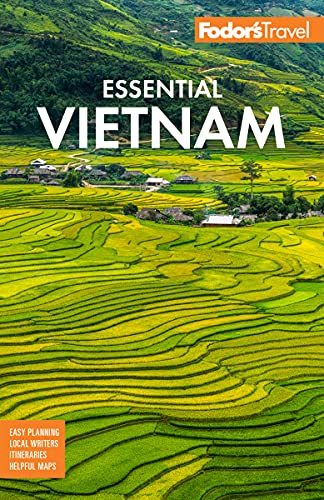One of Vietnam's star attractions, this stunning archipelago of 16 islands has picturesque beaches, jungles teeming with wildlife, and a fabulous marine environment. In 1983, most of the archipelago was designated a national park to protect the flora, fauna, and marine life and, aside from a few national park personnel, most of the islands are uninhabited. They are an important nesting ground for green and hawksbill turtles, and every year from May to October it's possible to watch the turtles lay their eggs on the beaches of Bay Canh, Hon Cau, and Hon Tre islands.
Marco Polo called it Kondor when he stopped by in 1292, and it was known by the French as Poulo Condore, with Poulo believed to be a corruption of the Malay word for island, pulau. Emperor Gia Long ceded the islands to France in 1787 in exchange for military assistance, but the treaty didn't hold and 74 years later, when the islands officially came under French control, a penal settlement was established to house those accused of anti-French activities. Many of the founding fathers of modern Vietnam spent time in the jails of Con Dao.
The South Vietnamese took over the prison in 1954, incarcerating their own political prisoners, and the Americans, with the South Vietnamese, built a prison camp here during the Vietnam War. For the 113 years the main island of this beautiful archipelago was used as a prison island, the place was known as "hell on earth," and all told, an estimated 20,000 people died miserable deaths on Con Dao—Nationalist and Communist prisoners as well as revolutionary insurgents and criminals from all over the French Empire. Some traces of the horror remain, but only one of Con Dao's cemeteries still exists; it alone has 2,000 graves, of victims of the struggles from the 1940s to the 1970s.
Con Son, also called Con Dao, is the main island of the archipelago and feels like a country town, with little traffic and a very laid-back air. The population currently stands at about 30,000.
The Con Dao Islands today, with their fascinating history and beautiful natural environment, are still relatively unspoiled—and unknown. It's still possible to explore Con Son on foot and not see another non-Vietnamese person (unless you pop into one of the dive shops) or drive along deserted roads to deserted beaches. However, this will change soon. A secret this good doesn't keep.





